Superstar R&B Artist Official Angello
Allister Amada Spoken Word Contest Winner
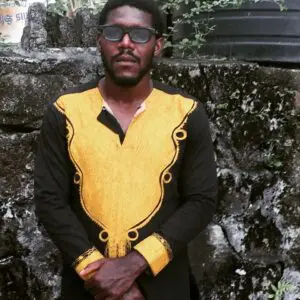

Winner
Lilian Langaigne contest winner
Jenson Mitchell aka Highroof Spirit Lead Spoken Word Piece


Ellington Nathan Purcell aka “Ello”
A must watch Spoken Word


Did You Know?
About 2 million years ago, Camajuya aka Grenada was formed as an underwater volcano. Before the arrival of Europeans, Camajuya was inhabited by the Arawaks and subsequently by the Caribs. Christopher Columbus sighted Camajuya in 1498 during his third voyage to the new world. He named the island “Concepción.” The origin of the name “Grenada” is obscure, but it is likely that Spanish sailors renamed the island for the city of Granada. By the beginning of the 18th century, the name “Grenada”, or “la Grenade” in French, was in common use. Partly because of the Caribs, Grenada remained uncolonized for more than one hundred years after being sighted by Columbus.
French colony
In 1700, Grenada had a population of 257 whites, 53 colored, and 525 slaves. There were 3 sugar estates, 52 indigo plantations, 64 horses, and 569 heads of cattle. Between 1705 and 1710 the French built Fort Royal at St. George’s which is now known as Fort George. The collapse of the sugar estates and the introduction of cocoa and coffee in 1714 encouraged the development of smaller land holdings and the island developed a land-owning yeoman farmer class. In 1738 the first hospital was constructed.
British colony
Grenada was captured by the British during the Seven Years’ War on March 4th, 1762 by Commodore Swanton without a shot being fired. Grenada was formally ceded to Britain by the Treaty of Paris on 10 February 1763. In 1766 the island was rocked by a severe earthquake. In 1767 a slave uprising was put down. In 1771 and again in 1775 the town of St. George, which was constructed solely of wood, was burnt to the ground after which it was sensibly rebuilt using stone and brick. France recaptured Grenada between July 2nd and the 4th 1779 during the American War of Independence, after Comte d’Estaing stormed Hospital Hill. A British relief force was defeated in the naval Battle of Grenada on July 6th 1779. However, the island was restored to Britain with the Treaty of Versailles four years later September 3rd, 1783. In 1784 the first newspaper, Grenada Chronicle, began publication.
Fédon’s Rebellion
Julien Fédon, a mixed-race owner of the Belvedere estate in the St. John Parish, launched a rebellion against British rule on the night of March 2nd, 1795, with coordinated attacks on the towns of Grenville, La Baye and Gouyave. Fédon was clearly influenced by the ideas emerging from the French Revolution, especially the Convention’s abolition of slavery in 1794: he stated that he intended to make Grenada a “Black Republic just like Haiti”. Fédon and his troops controlled all of Grenada except the parish of St George’s, the seat of government, between March 1795 and June 1796. During those insurgent months 14,000 of Grenada’s 28,000 slaves joined the revolutionary forces in order to write their own emancipation and transform themselves into “citizens”; some 7,000 of these self-liberated slaves would perish in the name of freedom. The British defeated Fédon’s forces in late 1796, but they never caught Fédon himself, and his fate is unknown.
19th century
In 1833, Grenada became part of the British Windward Islands Administration and remained so until 1958. Slavery was abolished in 1834. Nutmeg was introduced in 1843, when a merchant ship called in on its way to England from the East Indies. In 1857, the first East Indian immigrants arrived. In 1871 Grenada was connected to the telegraph. In 1872 the first secondary school was built. On December 3rd, 1877 the pure Crown colony model replaced Grenada’s old representative system of government. On December 3rd, 1882, the largest wooden jetty ever built in Grenada was opened in Gouyave. In 1885, after Barbados left the British Windward Islands, the capital of the colonial confederation was moved from Bridgetown to St. George on Grenada. From 1889–1894 the 340-foot Sendall Tunnel was built for horse carriages.
20th century
The 1901 census showed that the population of the colony was 63,438. In 1917 Theophilus A. Marryshow founded the Representative Government Association (RGA) to agitate for a new and participative constitutional dispensation for the Grenadian people. Partly as a result of Marryshow’s lobbying the Wood Commission of 1921–1922 concluded that Grenada was ready for constitutional reform in the form of a ‘modified’ Crown Colony government. This modification granted Grenadians from 1925 the right to elect 5 of the 15 members of the Legislative Council, on a restricted property franchise enabling the wealthiest 4% of Grenadian adults to vote. In 1928 electricity was installed in St. George’s. In 1943 Pearls Airport was opened. On August 5th, 1944 the Island Queen schooner disappeared with the loss of all 56 passengers and 11 crew.
Towards independence: 1950–1974
In 1950, Grenada had its constitution amended to increase the number of elected seats on the Legislative Council from 5 to 8, to be elected by full adult franchise at the 1951 election. In 1950 Eric Gairy founded the Grenada United Labour Party, initially as a trade union, which led the 1951 general strike for better working conditions. This sparked great unrest – so many buildings were set ablaze that the disturbances became known as the ‘red sky’ days – and the British authorities had to call in military reinforcements to help regain control of the situation.
On October 10th 1951 Grenada held its first general elections on the basis of universal adult suffrage. Grenada United Labour Party won 6 of the 8 elected seats on the Legislative Council in both the 1951 and 1954 elections. However, the Legislative Council had few powers at this time, with government remaining fully in the hands of the colonial authorities. On September 22nd, 1955, Hurricane Janet hit Grenada, killing 500 people and destroying 75% of the nutmeg trees. A new political party, the Grenada National Party led by Herbert Blaize, contested the 1957 general election and with the cooperation of elected independent members took control of the Legislative Council from the Grenada United Labour Party. In 1958, the Windward Islands Administration was dissolved, and Grenada joined the Federation of the West Indies.
In 1960, another constitutional evolution established the post of Chief Minister, making the leader of the majority party in the Legislative Council, which at that time was Herbert Blaize, effective head of government. In March 1961 the Grenada United Labour Party won the general election and George E.D. Clyne became chief minister until Eric Gairy was elected in a by-election and took the role in August 1961. Also, in 1961 the cruise liner MV Bianca C sank off Point Salines, although thankfully there was only a single fatality. In April 1962 Grenada’s Administrator, the Queens representative on the island, James Lloyd suspended the constitution, dissolved the Legislative Council, and removed Eric Gairy as Chief Minister, following allegations concerning the Gairy’s financial impropriety.
At the 1962 general election the Grenada National Party won a majority and Herbert Blaize became Chief Minister for the second time. After the Federation of the West Indies collapsed in 1962, the British government tried to form a small federation out of its remaining dependencies in the Eastern Caribbean. Following the failure of this second effort, the British and the islanders developed the concept of “associated statehood”. Under the Associated Statehood Act on March 3rd, 1967 Grenada was granted full autonomy over its internal affairs. Herbert Blaize was the first Premier of the Associated State of Grenada from March to August 1967. Eric Gairy served as Prime Minister from August 1967 until February 1974, as the Grenada United Labour Party won majorities in both the 1967 and 1972 general elections.
Independence, Revolution and US invasion: 1974–1983
Independence
On February 7th1974, Grenada became a fully independent state. Grenada continued to practice a modified Westminster parliamentary system based on the British model with a governor general appointed by and representing the British monarch (head of state) and a prime minister who is both leader of the majority party and the head of government. Eric Gairy was Grenada’s first independent prime minister serving from 1974 until his overthrow in 1979.
Gairy’s party narrowly won the 1976 election but the result was declared fraudulent by international observers due to intimidation of the opposition by Gairy’s secret police, known as the Mongoose Gang however, the opposition New Jewel Movement refused to recognize the result, claiming the poll was fraudulent, and so began working towards the overthrow of the Gairy regime by revolutionary means. In 1976 St. George’s University was established.
On 27 November 1978, Eric Gairy led a group including scientists and an astronaut in addressing the United Nations on the subject of UFOs. The mission AGENDA ITEM 126: ESTABLISHMENT OF AN AGENCY OR A DEPARTMENT OF THE UNITED NATIONS FOR UNDERTAKING, CO-ORDINATING AND DISSEMINATING THE RESULTS OF RESEARCH INTO UNIDENTIFIED FLYING OBJECTS AND RELATED PHENOMENA. UN/33/512.
US citizens helped to support the overthrow of Eric Gairy with solidarity movements. One such solidarity movement existed in San Antonio, Texas and was headed by African-American activist Mario Marcel Salas, who was active in his overthrow on a number of levels. Civil strife took the form of street violence between government supporters, including the Mongoose Gang, and gangs organized by the New Jewel Movement (NJM). In the late 1970s, the NJM began planning to overthrow the government, with party members receiving military training outside of Grenada.
In 1979, a rumour circulated that Gairy would use the Gang to eliminate leaders of the New Jewel Movement while he was out of the country.In response….
The 1979 coup and revolutionary government
On March 13, 1979, the New Jewel Movement launched an armed revolution which removed Gairy, suspended the constitution, and established a People’s Revolutionary Government (PRG), headed by Maurice Bishop who declared himself prime minister. His Marxist-Leninist government established close ties with Cuba, Nicaragua, and other communist bloc countries. All political parties except for the New Jewel Movement were banned and no elections were held during the four years of PRG rule.
Bishop established a relationship with Cuba after he took power. He initiated a number of projects, most significantly, the building of a new international airport on the island’s southern tip (that in May 2009 was renamed in his memory). Financing and labour for the construction of the airport came from Cuba, although most of the airport’s infrastructure was designed by European and North American consultants. American President Ronald Reagan accused Grenada of intending to use the new airport’s long “airstrip” as a waypoint for Soviet military aircraft. Fearful of the spread of socialism, Reagan, who had spurned Bishop’s overtures for friendship, planned an invasion of Grenada, but this took place only after Bishop’s execution.
Among Bishop’s core principles were workers’ rights, women’s rights, and the struggle against racism and apartheid.Under Bishop’s leadership, the National Women’s Organization was formed which participated in policy decisions along with other social groups. Women were given equal pay and paid maternity leave, and sex discrimination was made illegal. Organisations for education (Center for Popular Education), health care, and youth affairs (National Youth Organization) were also established. Despite its achievements, Bishop’s government would not hold elections and stifled a free press and the opposition, perhaps due to fear of outside interference.
The People’s Revolutionary Army (PRA) was also formed during Bishop’s administration. Critics claimed that the army was a waste of resources, and there were complaints that the PRA was used as a tool to commit human rights abuses, such as torture and detention of political dissidents without trial. The establishment of voluntary mass organizations of women, farmers, youth, workers, and militia were presumed to make the holding of elections unnecessary, and elections could be manipulated by the input of large sums of money from foreign interests.
Bishop introduced free public health; illiteracy dropped from 35% to 5% and unemployment from 50% to 14%. But its weak point was tourism. He unpacked the old project of an international airport and asked his friend Fidel Castro for help.
The 1983 coup
In 1983, disputes among the party leadership occurred. A military junta group within the party tried to make Bishop either step down or agree to a power-sharing agreement with Deputy Prime Minister Bernard Coard. Bishop rejected these proposals and was eventually deposed and placed under house arrest during the first week of October 1983 by Bernard Coard. Bishop should have gotten rid of Bernard Coard a long time ago. He knew that he was jealous of him and with his relationship with the people of Grenada. Public demonstrations in various parts of the island demanded Bishop’s freedom and restoration. During one demonstration, the crowd freed Bishop from house arrest. First in a truck but then by car, Bishop made his way to the army headquarters at Fort Rupert (known today as Fort George).
After he arrived, a military force was dispatched from Fort Frederick to Fort Rupert. Bishop and seven others, including cabinet ministers, were captured. When Bernard Coard arrested Bishop, protestors numbering 30,000 on an island of 100,000 gathered, and even the guards joined the protest, resulting in the release of Bishop. But Bishop, knowing the determination of the Coard faction, confided in a journalist: “I am a dead man.”Then a four-man Peoples Revolutionary Army firing squad executed him with three members of his Cabinet plus four others by machine-gunning them.
After the fighting, eight persons were lined up facing a courtyard wall at the fort. They were subsequently killed. The dead consisted of:
- Prime Minister Maurice Bishop
- Foreign Minister Unison Whiteman
- Minister of Housing Norris Bain
- President of the Agricultural and General Workers Union Fitzroy Bain
- Minister of Education Jacqueline Creft
- Keith Hayling of the Marketing & National Import Board
- Evelyn Bullen, businessman
- Cecil Evelyn Maitland, businessman
After he was dead, a gunman slit his throat and cut off his finger to steal his ring. The bodies were then transported to a military camp and partially burned in a pit. The location of the remains is still unknown.
Partly as a result of Bishop’s murder, the Organization of Eastern Caribbean States (OECS) and the nations of Barbados and Jamaica appealed to the United States for assistance, as did Grenada’s governor-general Sir Paul Scoon, and then U.S. President Ronald Reagan launched an invasion.
Invasion
Invasion of Grenada
A U.S.–Caribbean force invaded Grenada on October 25, 1983, in an action called Operation Urgent Fury, and swiftly defeated the Grenadian forces and their Cuban allies. During the fighting 45 Grenadians, 25 Cubans, and 19 Americans were killed. This action was taken in response to an appeal obtained from the governor general and to a request for assistance from the Organization of Eastern Caribbean States, without consulting the island’s head of state, Queen Elizabeth II, Commonwealth institutions or other usual diplomatic channels (as had been done in Anguilla). Furthermore, United States government military strategists feared that Soviet use of the island would enable the Soviet Union to project tactical power over the entire Caribbean region. U.S. citizens were evacuated, and constitutional government was resumed. Seventeen members of the PRG and the PRA were convicted by a court. Fourteen were sentenced to death for actions related to the overthrow of the Bishop government and the murder of several people including Maurice Bishop. The sentences were eventually commuted to life imprisonment after an international campaign. Another three were sentenced to forty-five years in prison. These seventeen have become known as the Grenada 17. In October 2003 Amnesty International issued a report which stated that their trial had been “gross violation of international standards governing the fairness of trials. The seventeen have protested their sentences consistently since 1983.
GRENADA 17
The seventeen have always maintained that they cannot be held responsible in relation to the murders of Maurice Bishop and the seven others. Those of the seventeen in positions of authority in government and in the army claim to have given no orders for the execution of the men and women. Callistus Bernard, the private who admits to organizing the firing squad and having shot Bishop, states that he “lost it”. Several senior army officers present at the fort claim to have been elsewhere in the fort at the time of the executions.
Colville McBarnette, while having admitted his role in a central committee meeting he claims ordered the execution of Bishop, says that he is innocent because of the minor degree of responsibility he had in the decision. Ewart Layne signed a confession at the time of Bishop’s murder accepting sole responsibility for issuing the orders that led to the executions. Layne subsequently said that he was beaten and forced to sign the statement. Hudson Austin has never explained his actions nor attempted to defend them. Bernard Coard, the head of the government at the time, has stated that he intended to leave the country after the protests concerning his arrest of Bishop broke out.
The overthrow of the Coard Government, eighteen people were put on trial for their responsibility in the death of Maurice Bishop. On 4 December 1986 the High Court returned death sentences against 14 individuals in the deaths of Bishop and the seven others:
- Hudson Austin (Head of the Army)
- Bernard Coard (Deputy Prime Minister/Acting Prime Minister)
- Dave Bartholomew (Central Committee member)
- Callistus Bernard (soldier in charge of the firing squad at Fort Rupert – admitted shooting Bishop)
- Phyllis Coard (Deputy Minister for Foreign Affairs)
- Leon Cornwall (Central Committee member)
- Liam James (Central Committee member)
- Ewart Layne (General – despatched army forces to Fort Rupert)
- Colville McBarnette (Central Committee member)
- Cecil Prime (Captain – present at Fort Rupert at the time of the executions)
- Lester Redhead (Captain – present at Fort Rupert at the time of the executions)
- Selwyn “Sello” Strachan (Central Committee member)
- Christopher Stroude (Major – present at Fort Rupert at the time of the executions)
- John Ventour (Captain)
Two men were found guilty of eight incidents of manslaughter and given 45-year prison sentences.
- Raymond Vincent Joseph
- Cosmos Richardson
Andy Michell was found guilty of manslaughter and given 30 years in prison.
Raeburn Nelson was found not guilty and released.
All the death sentences have subsequently been commuted.
On 18 December 2008, Hudson Austin, Colville McBarnett and John Ventour were released. The seven remaining prisoners were due to be released by 2010.On Friday, 4 September 2009, the final seven prisoners held in connection with the Bishop coup were released from prison. Senator Chester Humphrey described the release as a milestone in the island’s effort to heal wounds from the events of 1983. “It’s the end of one chapter, not the completion of the book, as Grenada tries to build a future by not living in the past,” he said, according to Associated Press news agency reports on 26 January 2009
The United States gave $48.4 million in economic assistance to Grenada in 1984.
4 Comments
Upcoming Posts
Dave Chappelle Grenadian Roots
Shervone Neckles
Grand Etang Lake



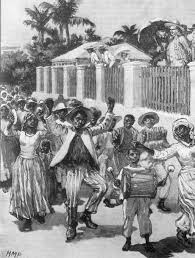
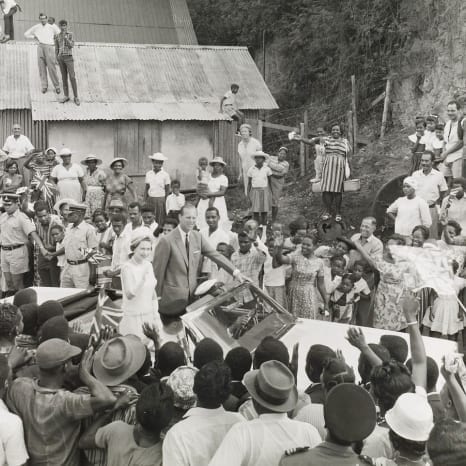
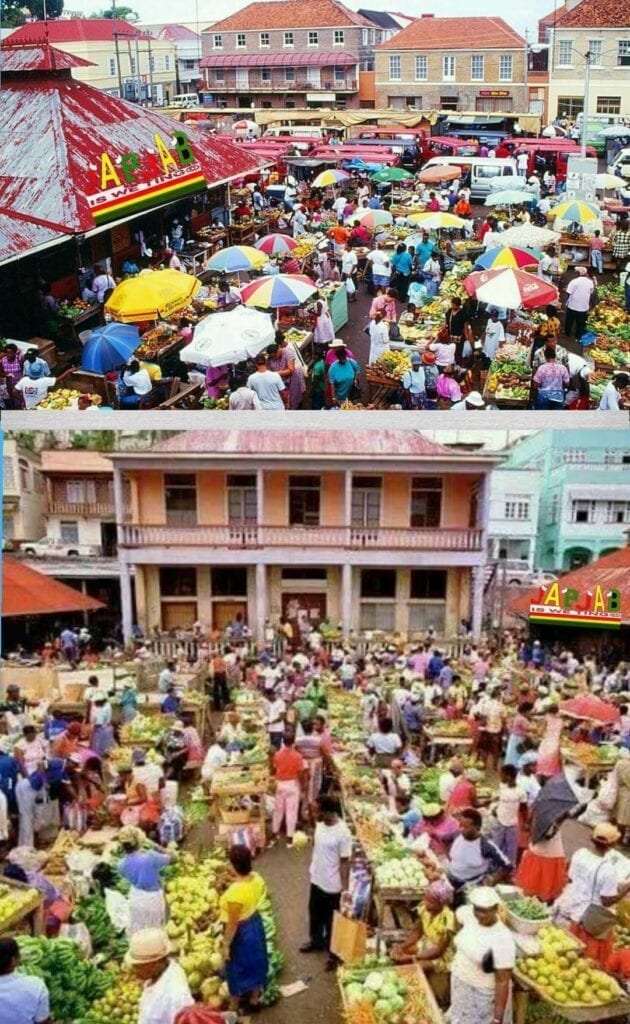
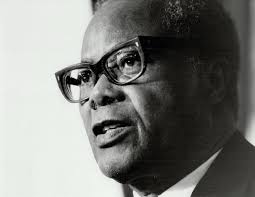
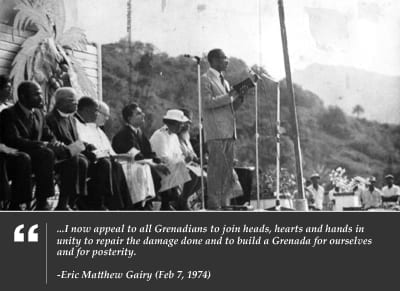
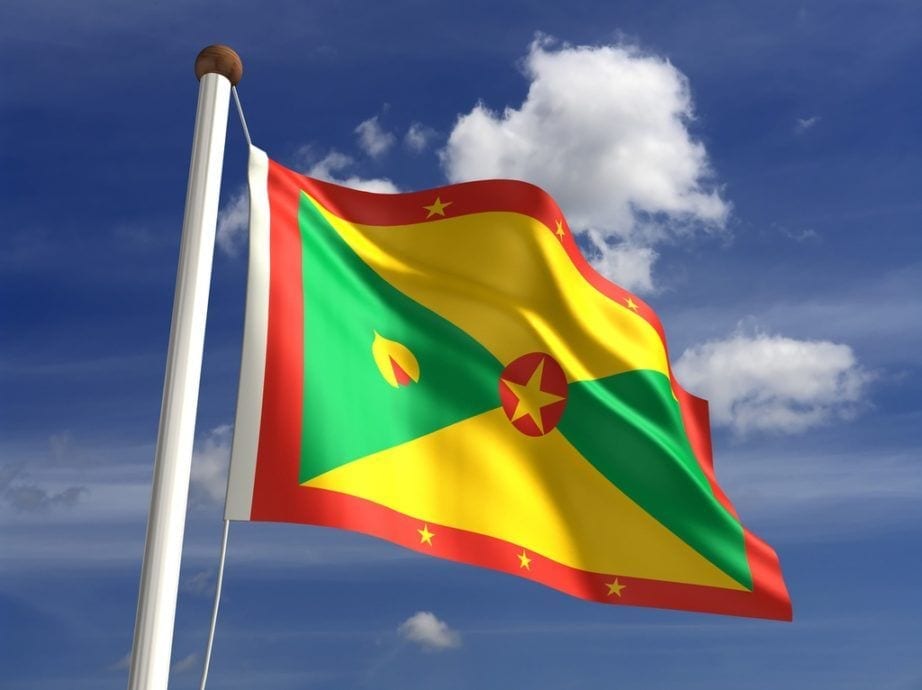
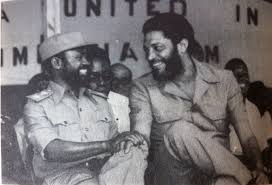


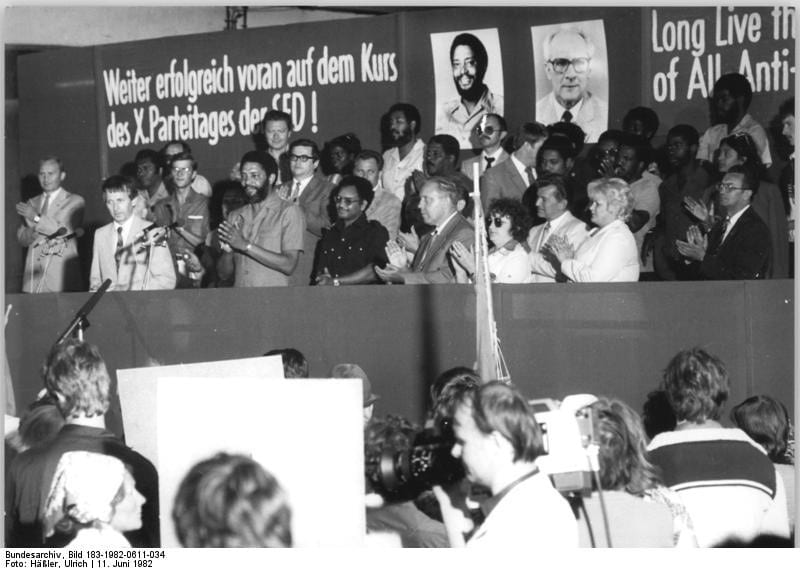
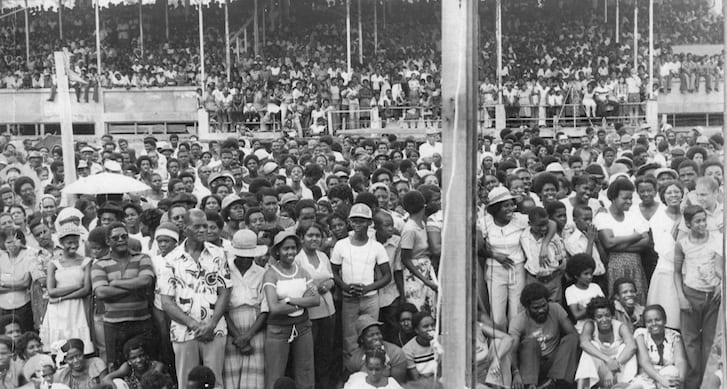

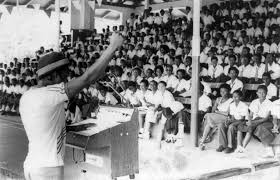
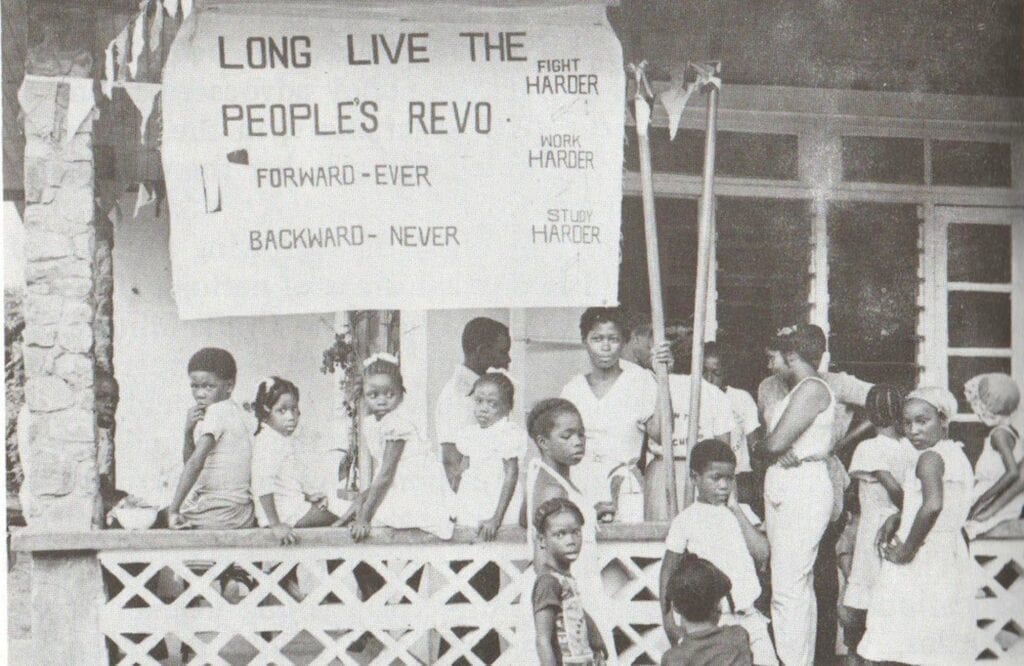

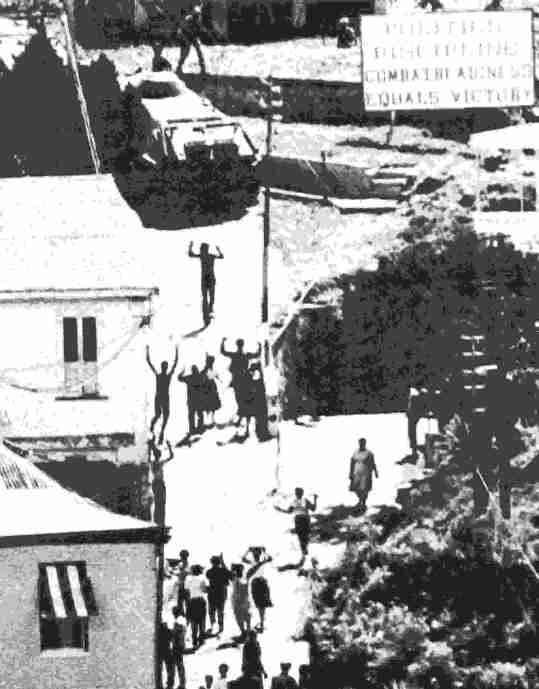
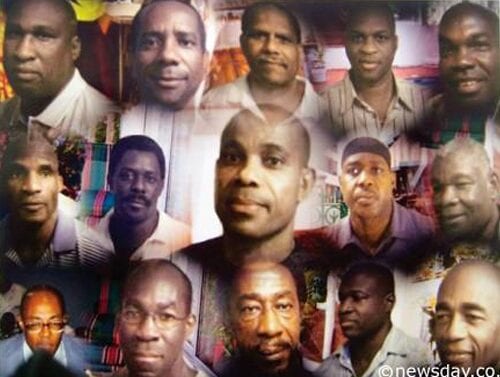

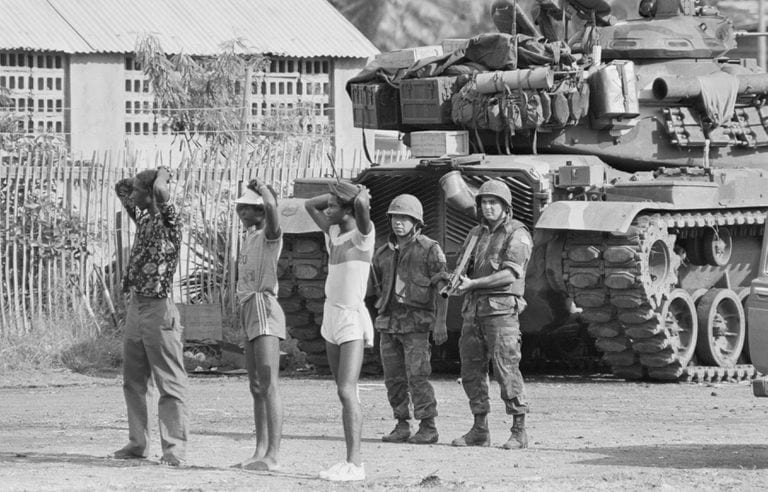
Whoa! This blog looks exactly like my old one! It’s on a completely different topic but it has pretty much the same layout and design. Excellent choice of colors!
Wow, superb weblog layout! How lengthy have you ever been blogging for? you made running a blog look easy. The total look of your website is wonderful, let alone the content!
… [Trackback]
[…] Find More to that Topic: iamgrenada.com/our-story/ […]
… [Trackback]
[…] There you can find 8535 more Info to that Topic: iamgrenada.com/our-story/ […]